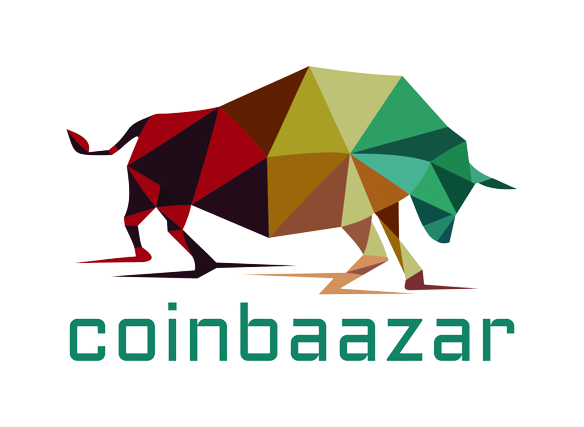From Louis Vuitton to Gucci to Ralph Lauren, the luxury and fashion industries have had an enormous global impact. The industry has exhibited a robust growth trajectory and is currently worth a staggering $3,000 billion. Nevertheless, what remains hidden is the insane amount of resources wasted by the industry each year. Unbelievably, the industry is the second-largest source of waste pollution—the majority of which is sent to landfills. There is a deeper story behind every article of clothing that tests our resolve.
To “preserve the prestige and the brand’s shine,” the root of the problem is that many luxury brands would rather have their products dumped or burned than sold at discounted clearance prices. In 2017, it was reported that the Swedish multinational clothing retailer H&M had burned approximately 60 tonnes of unsold merchandise since 2013. In a separate incident, Burberry, a British fashion brand, burned clothing worth USD 37 million. These statistics illuminate the scandalous secret of the fashion and luxury industries.
In addition, goods are frequently untraceable due to inefficient infrastructure and poor data-sharing between stakeholders. Naturally, the industry has been using cutting-edge technologies and innovations to make itself more sustainable and reduce the damage it has done to the environment.
Conquering obstacles in the fashion industry
Product waste
As previously stated, product wastage is perhaps the industry’s greatest disadvantage. Typically, the manufacturer must purchase the raw materials used in the mills for production. These products get to the final consumers through a chain of middlemen, where they can be mishandled.
Many industries are implementing decentraliseddecentralized technologies, such as blockchain, to transform value chains. The purpose of decentralization is to prevent data manipulation and improve product distribution across the network. Additionally, the technology reinforces the authenticity of high-end designer products in order to eliminate fakes.
For example, the blockchain-based platform VeChain has made a name for itself in the fashion industry by improving product management throughout the supply chain. VeChain partnered with a prominent shoe designer, SBTG, to release an Adidas shoe embedded with NFC chips that would allow customers to watch a video of their shoes being manufactured by scanning the chip; all of this information is stored on the VeChainThor blockchain.
In May of 2019, Mot Hennessy – Louis Vuitton (LVMH), in partnership with Microsoft and ConsenSys, introduced Aura, a blockchain-based platform for authenticating luxury goods in response to the proliferation of counterfeit products.
Inhumane work conditions
On April 24, 2013, the Rana Plaza building in Bangladesh collapsed, claiming the lives of 1,132 workers. Since the catastrophic collapse, exploited garment workers in the country have caused ripples in the water. A total of 112 workers perished in a catastrophic fire that broke out at the Tazreen Fashion factory. These numbers raise significant concerns regarding the garment industry’s current safety standards.
It is of the utmost importance to address these issues in order to provide an ethical work environment and protect the human rights of workers. Given the difficulty of monitoring a global industry and the fact that the majority of consumers are unaware of the social and environmental origins of the shirts on their backs, achieving this can be quite a challenge. In this situation, a clear supply chain does a lot to give consumers the information they need and get rid of supply chains that are hard to understand.
Provenance is one such startup that employs blockchain technology to educate consumers about a product’s origins—well beyond what is printed on the label. The platform has been designed to address the current obstacles by ensuring a continuous chain of custody.
Fashion’s Revolutionary Movement
As part of the annual Fashion Revolution movement, a revolutionary Twitter campaign called #WhoMadeMyClothes was created to commemorate the Rana Plaza tragedy. Approximately 3.25 million people from around the world participated in the 2018 Fashion Revolution week. The objective of the movement is to improve fashion standards in all aspects of the industry. This can only be accomplished by establishing an extensive production background.


The 2019 Fashion Revolution Week celebrated the transition to better business models with the #LovedClothesLast Twitter campaign. Currently, blockchain initiatives are attempting to track not only ethical fashion, which connects the worker to the consumer, but also environmentally friendly materials and designer goods.
Digital apparel
According to BitcoinNews.com, the gaming industry has already resulted in significant player participation in the virtual economy. In this situation, digital clothing is quickly gaining popularity and recognition. In fact, Vogue shed light on the growing popularity of digital clothing and indicated its potential to surpass gaming’s popularity.
Matthew Drinkwater, head of the Fashion Innovation Agency at London College of Fashion, stated, “People believe this is not a real thing, but the numbers are off the charts.”
The Fabricant, fashion pioneers, recently designed digital couture by combining “2D garment pattern-cutting software and 3D design software.” This shook the norms of physical clothing and brought digital clothing closer to reality. According to Forbes, the garment is a one-of-a-kind combination of clothing and cryptocurrency. Digital clothing is considered the second-best way to preserve the planet, after going naked. Whether true or not, it encourages further exploration of the realm to strengthen a digitally-dependent world.
Conclusion
Leonardo A. Bonanni, the founder of the supply chain transparency platform Sourcemap, emphasised the significance of openness:
Without understanding the effects of the goods and services we purchase, we contribute to systems that deplete natural resources, exacerbate environmental and social issues, and endanger humans and ecosystems. Conventionally, supply chains are kept secret, limiting the number of stakeholders who can prevent environmental, social, and health and safety issues.
Blockchain technology is paving the way for more sophisticated tracking methods in any industry it touches. Perhaps now is the time to adopt a more dependable and effective paradigm for promoting eco-friendly products and truly igniting the farm-to-closet fashion revolution. Educating consumers gives them an advantage in making informed decisions, while at least partially eliminating the industry’s most egregious flaws.

